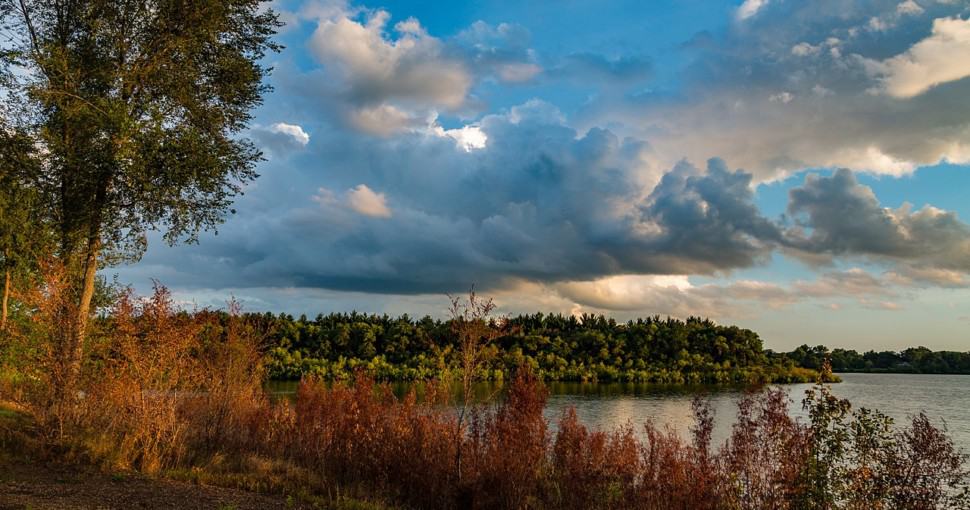Iowa is home to many common trees that are spread throughout the state. Most Iowans live in or near a forest area, so it is likely you will encounter one of these species at some point during your day-to-day activities. This article will help you identify the most common trees in the state of Iowa.
Contents
- 1. Bur Oak (quercus macrocarpa)
- 2. Black Ash (fraxinus nigra)
- 3. Bigtooth Aspen (populus grandidentata)
- 4. Basswood (tilia americana)
- 5. Paper Birch (betula papyrifera)
- 6. Buckeye (aesculus)
- 7. Red Cedar (juniperus virginiana)
- 8. Chokecherry (prunus virginiana)
- 9. Cottonwood (populus sect. aigeiros)
- 10. American Elm (ulmus americana)
- 11. Hackberry (celtis occidentalis)
- 12. Downy Hawthorn (crataegus mollis)
- 13. Bitternut Hickory (carya cordiformis)
- 14. Honey Locust (gleditsia triacanthos)
- 15. Kentucky Coffee tree (gymnocladus dioicus)
- 16. Sugar Maple (acer saccharum)
- 17. Eastern White Pine (pinus strobus)
- 18. American Sycamore (platanus occidentalis)
- 19. Black Walnut (juglans nigra)
Oak trees are one of the most common types of trees in Iowa. The different species of oak that grow in Iowa include the white oak, post oak, northern red oak, chinquapin oak, willow oak and pin oak. Of these species, three – the northern red oak, pin oak and white oak – are the most commonly seen in Iowa.
These species are so common that there are more than 1,700 white oak trees per square kilometer across Iowa. We only mention one type of oak tree in this article because we want to give the other tree varieties some attention too.
1. Bur Oak (quercus macrocarpa)
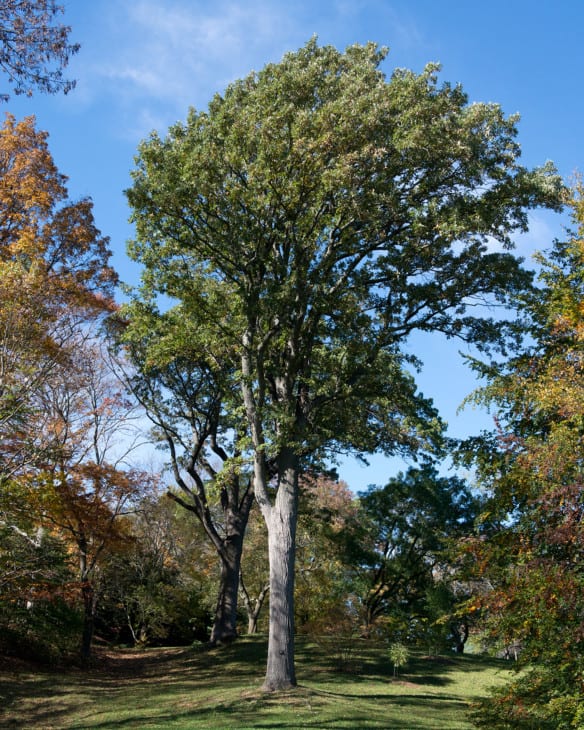
The bur oak is Iowa’s state tree, commonly found throughout the state. These trees grow extremely well in Iowa and are often used as ornamental specimens because of their spectacular size. Bur oaks have a large number of acorns because they provide vital food for squirrels and other small mammals during the autumn months.
2. Black Ash (fraxinus nigra)
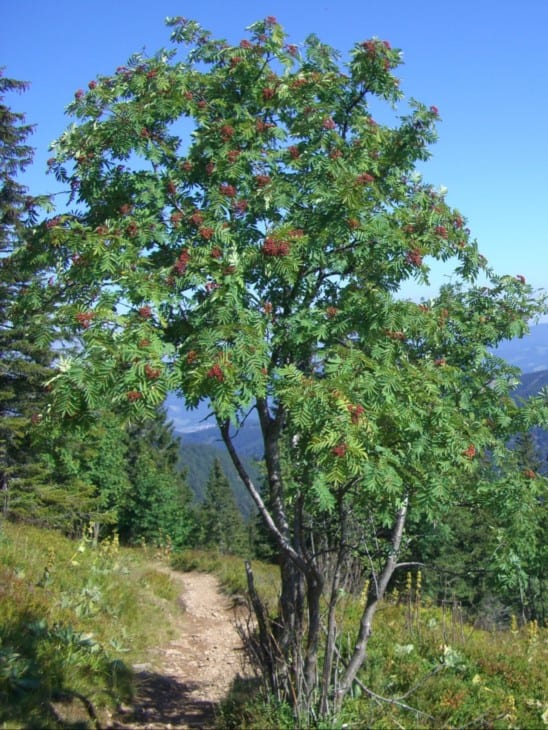
Black ash is a common Iowa tree and is very similar to the green ash species. The black ash, however, has a denser wood that makes it better suited to carpentry work than the green ash. Black ashes are also known as basket ashes because they can be used for wetland baskets that will not rot out when exposed to water.
3. Bigtooth Aspen (populus grandidentata)
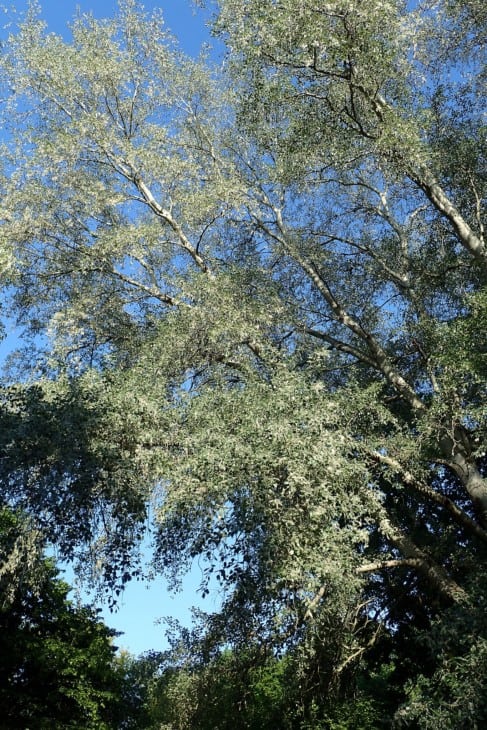
Aspen trees are a common tree in Iowa, though they are less abundant now than they were at the time of Iowa’s settlement. Aspen wood is very lightweight and flexible, making it the perfect material for building portable structures like tepees and wigwams. They can also be harvested to make utensils or even used as construction lumber.
The Populus grandidentata is also common in other states such as Pennsylvania.
4. Basswood (tilia americana)
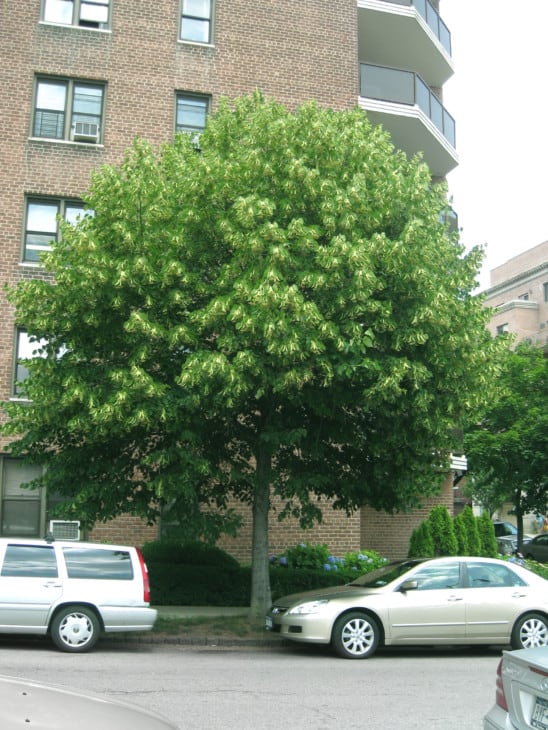
The basswood can grow to be quite large. They are common throughout Iowa and the Midwest, though they tend to overpopulate their own area due to a lack of predators that would normally thin out some large trees. Basswoods started disappearing from Iowa at an alarming rate in the 1970s and 1980s and it is unknown why.
5. Paper Birch (betula papyrifera)

Paper birches are common throughout Iowa, especially in Iowa’s northern regions. They are one of Iowa’s most attractive trees, with white bark that peels away to reveal a paper-thin surface underneath. The bark is very thin and you can damage it quite easily if not careful when climbing or moving around.
6. Buckeye (aesculus)
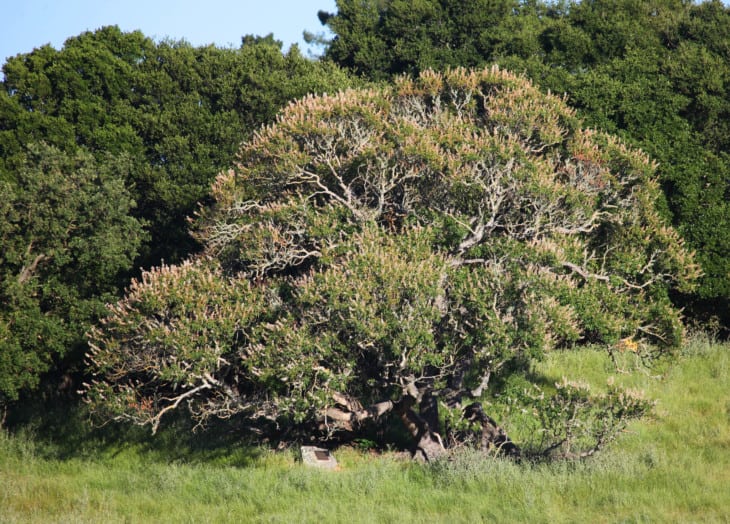
Buckeyes are one of Iowa’s common trees. Iowa is one of the few places in North America where buckeyes grow naturally, due to Iowa’s native black soil which is ideal for growing buckeye trees.
Buckeyes are common in Iowa, as well as Ohio, Kansas, California and many others.
7. Red Cedar (juniperus virginiana)
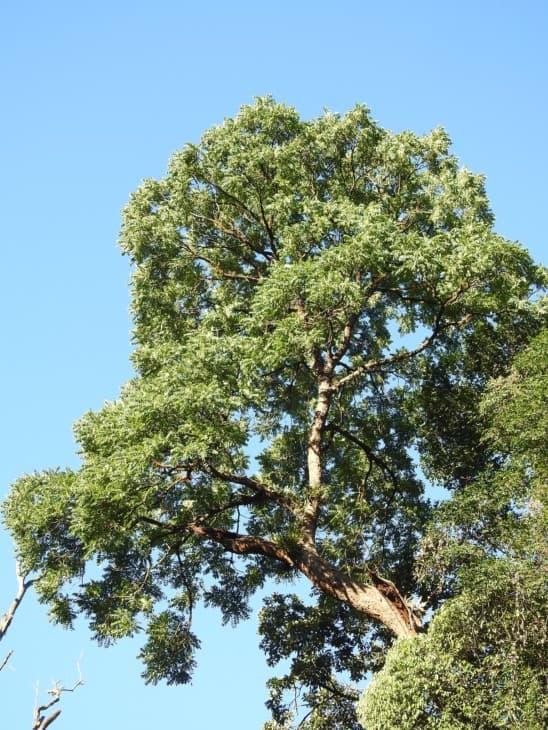
Iowa has more acres of red cedar forest than any other state. Red cedars are very common throughout Iowa but are not found growing alone like bur oaks or paper birches; instead, they tend to grow in clumps because the roots of nearby trees intertwine.
8. Chokecherry (prunus virginiana)
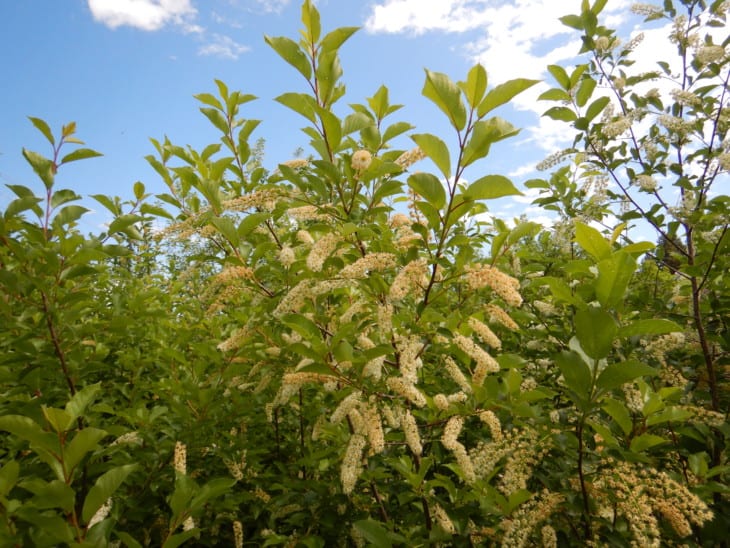
Chokecherries typically grow close to Iowa’s many waterways and can be very plentiful in some areas during late summer and early autumn. Chokecherries can be used to make jelly, syrup and wine.
9. Cottonwood (populus sect. aigeiros)
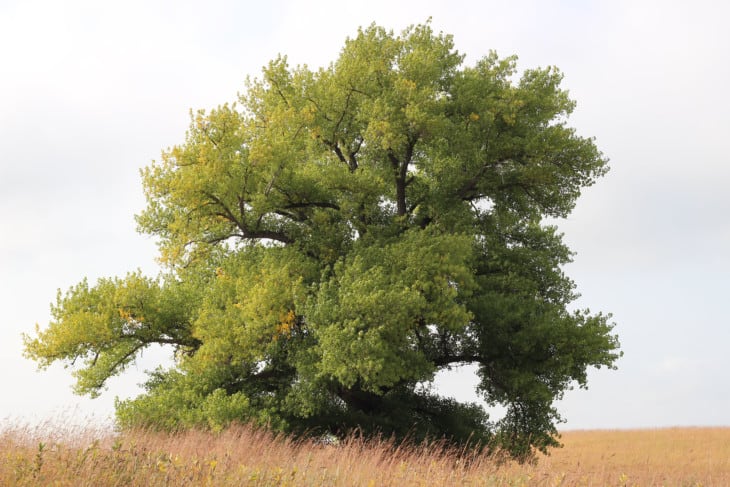
Cottonwoods grow along Iowa’s major waterways and can be easily identified by their large, heart-shaped leaves that grow in opposing pairs. The bark of the cottonwood tree is also unique and may appear as a series of interlocking diamond shapes or long horizontal strips. Cottonwood trees are used for construction materials, fuel and tools.
10. American Elm (ulmus americana)
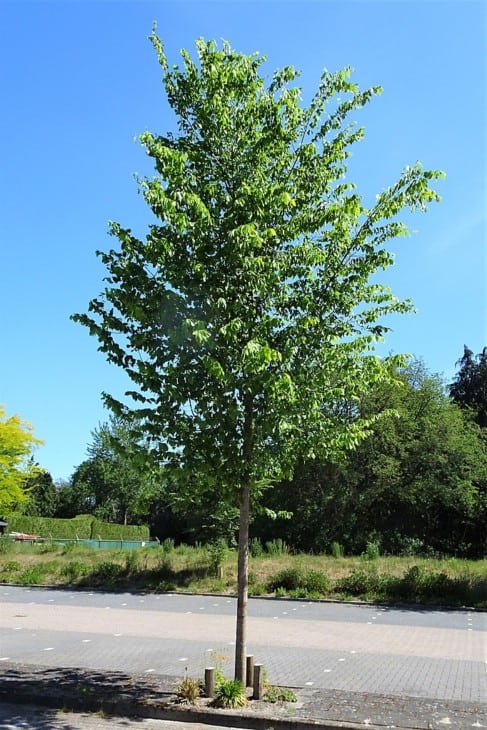
American elms are another prevalent tree and can be found throughout Iowa. Elms are one of Iowa’s most iconic Iowa trees, because the old ones tend to split at their base into multiple trunks that stretch toward the sky. Elms are commonly used as shade trees, even though they are very susceptible to Dutch elm disease.
11. Hackberry (celtis occidentalis)
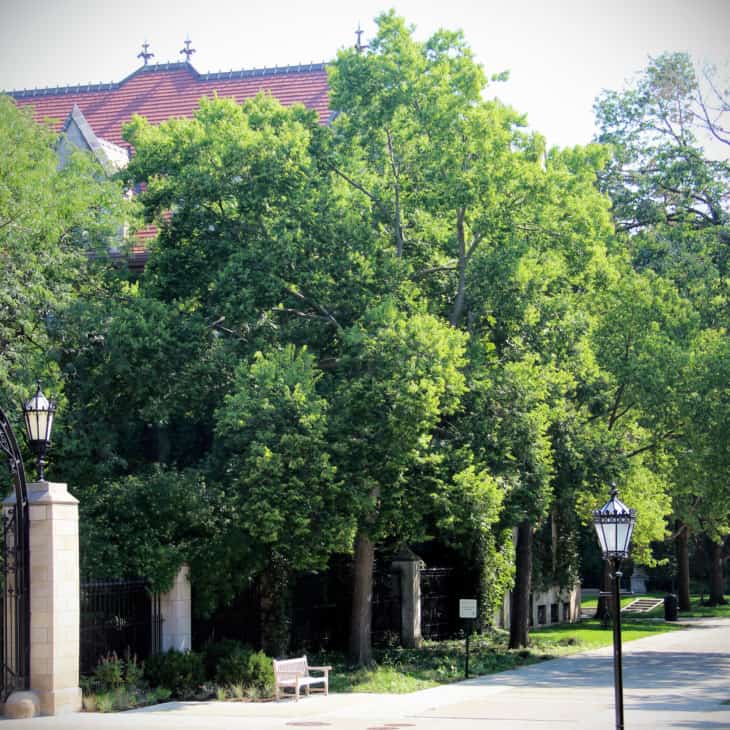
Hackberries tend to grow near Iowa’s rivers, especially in the southern part of Iowa. Hackberry trees produce small fruit which can be used for jam, jelly or syrup. Hackberry trees provides a dense, dark-colored timber that shows up well in Iowa’s woodlands.
12. Downy Hawthorn (crataegus mollis)
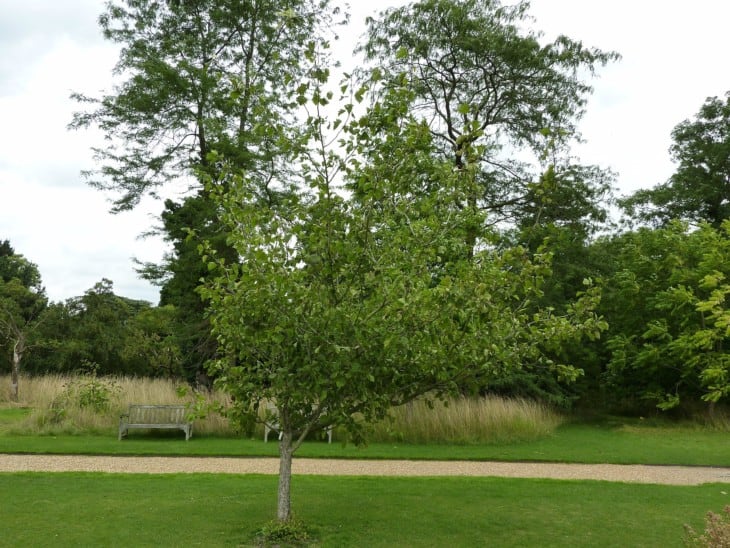
Iowa is one of the few places in North America where wild downy hawthorn trees grow naturally, because they normally need a warmer climate to grow. Iowa’s windbreaks were planted with many downy hawthorns, and this made Iowa a suitable place for migrating birds to stop along their journey. Iowa’s downy hawthorns are particularly prized for landscaping because they tend to be covered with red berries in the fall and winter, which can be quite attractive to Iowa residents during these seasons.
13. Bitternut Hickory (carya cordiformis)
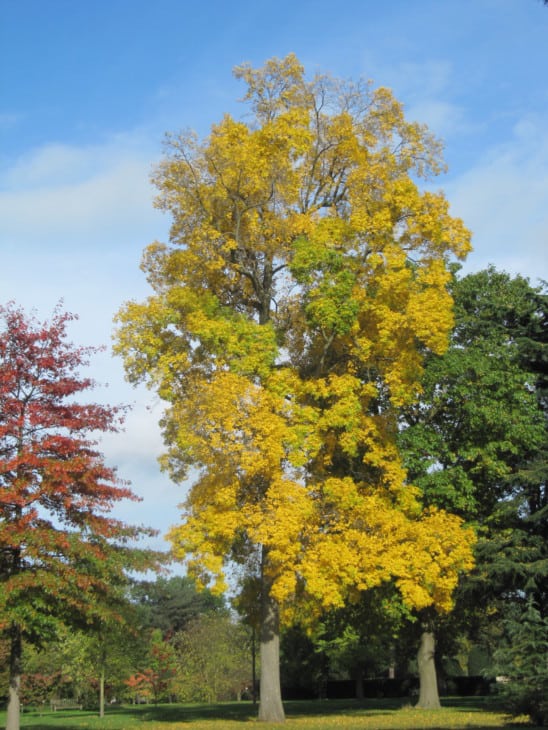
Iowa is one of the only places with naturally occurring bitternut hickory forests. Bitternut hickories are readily recognizable by their shaggy bark which peels away to reveal smooth orange-brown layers underneath.
14. Honey Locust (gleditsia triacanthos)
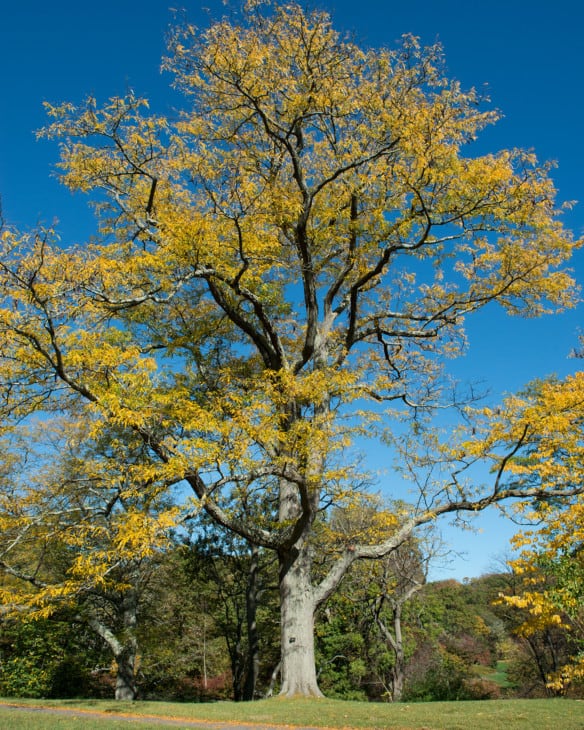
Iowa has more honey locust trees than any other state in the country and they can be found all over Iowa, especially along Iowa’s highways where they provide shade for migrating birds and Iowa bicyclists alike. They produce a very sweet substance called “honeydew” which can attract Iowa’s many Iowa insects. Iowa honey locusts are also used as food sources for Iowa’s many grazing animals, such as deer and goats.
15. Kentucky Coffee tree (gymnocladus dioicus)
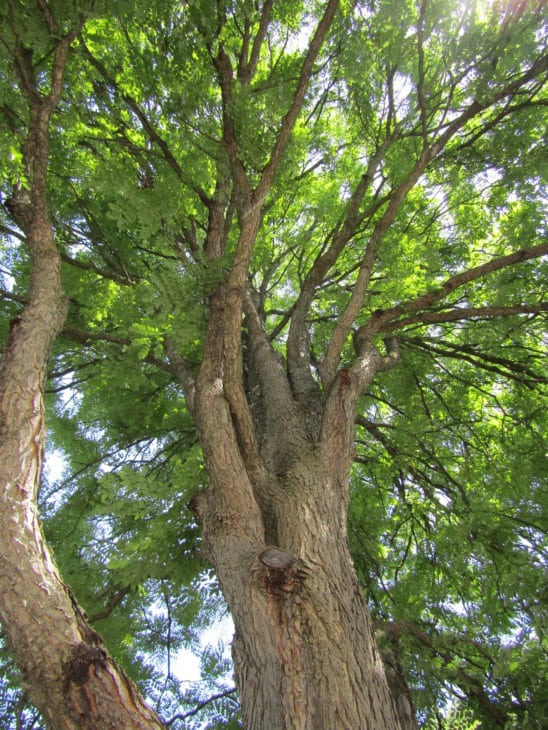
Iowa is one of the few places in Iowa where Kentucky coffee trees grow naturally. This tree can be identified by its large compound leaves and its large, green beans which are used to make coffee substitutes. Iowa’s state champion Kentucky coffee tree grows near Iowa City.
16. Sugar Maple (acer saccharum)
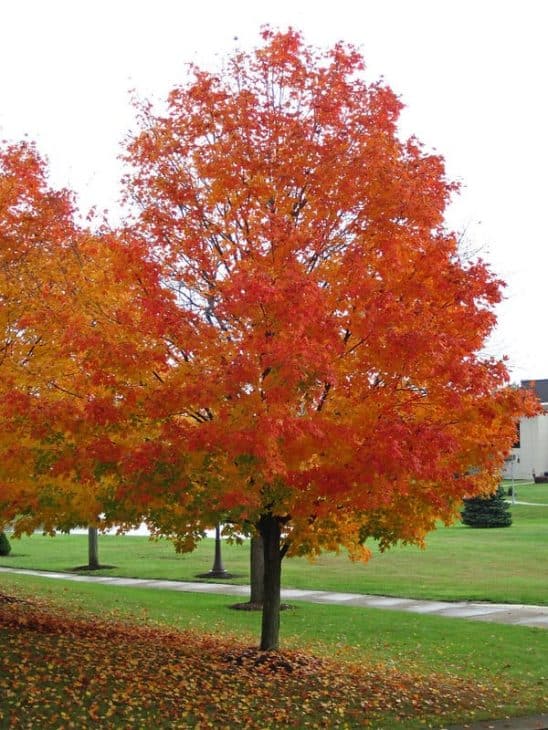
Sugar maples are one of America’s most common trees. Iowa has more sugar maple trees than any other state in the country. Sugar maples are best known for their bright red fall foliage, which is a popular attraction for Iowa’s many tourists to see during Iowa’s autumn months. Because of this, Iowa conservationists plant new sugar maple seeds every spring along Iowa’s highways.
17. Eastern White Pine (pinus strobus)
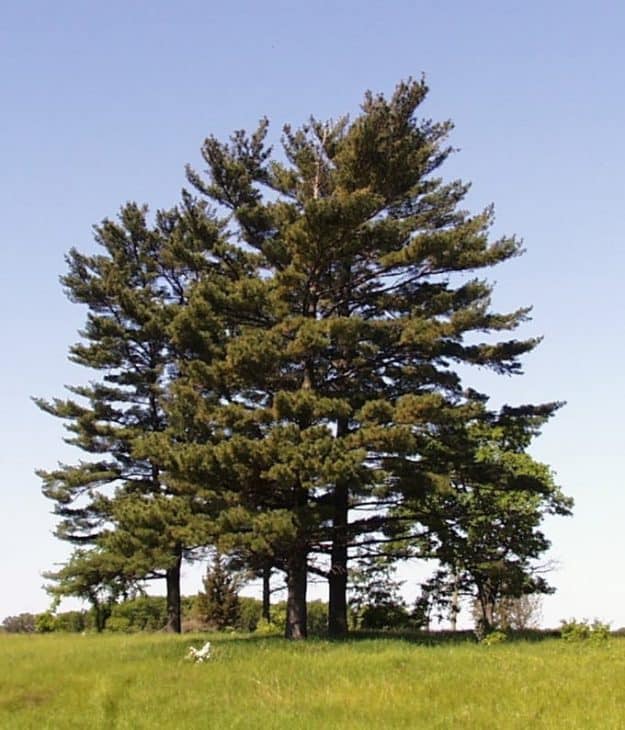
Iowa is home to the largest white pine, which lives in Iowa’s White Pine Hollow State Forest. Iowa’s state champion white pine stands at 114 feet tall and has a circumference of 22 ½ feet. White pines are Iowa’s oldest tree and Iowa’s tallest tree. They grow very slowly and can live up to 200 years.
18. American Sycamore (platanus occidentalis)
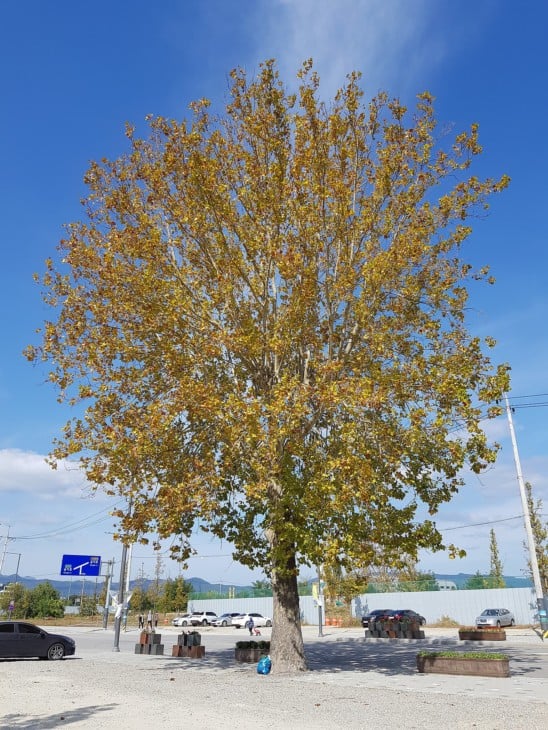
Iowa has more American sycamores than any other state in the country. Iowa is a prime location for these trees because Iowa’s soil tends to lean toward being acidic, which is perfect for Iowa’s many oaks and maples, but not so good for Iowa’s other typical Iowa trees such as Iowa’s cottonwoods or Iowa’s birches. Iowa’s American sycamores thrive in Iowa’s acidic soil and provide Iowa conservationists with a unique opportunity to use them to prevent erosion on Iowa’s hillsides and riverbanks.
19. Black Walnut (juglans nigra)
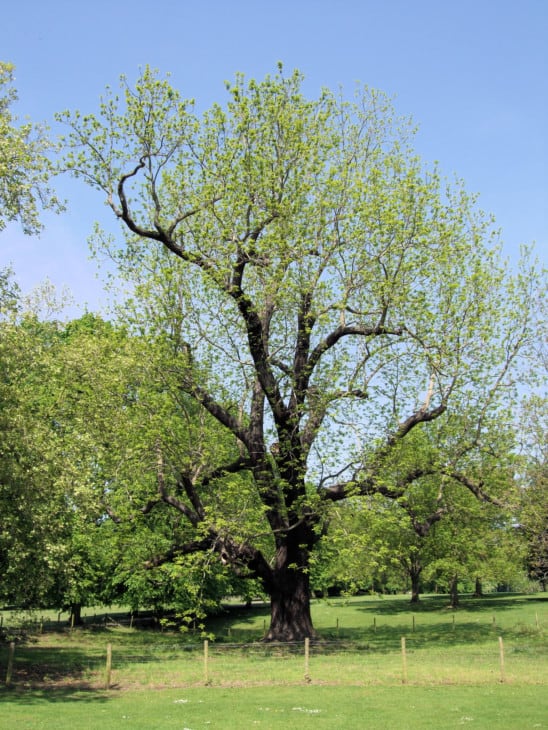
Iowa harvested almost 9 million black walnuts in Iowa in 2014. Iowa has more black walnut trees than any other state in the country, and Iowa is responsible for about 1/3 of the total amount of black walnuts harvested across the nation each year. Black walnut trees can live up to 300 years and provide Iowa with a sustainable, renewable resource for Iowa’s many Iowa woodworkers.

